Commentary: China's export controls are proper reactions to discriminatory US actions
Published in Op Eds
Upheaval is threatening the stabilizing course of China-U.S. relations. On Oct. 10, U.S. President Donald Trump published an unusually long post on Truth Social, threatening to impose 100% tariffs on all Chinese products and restrict China-bound exports of critical software starting Nov. 1, in retaliation for what he calls “extremely hostile” large-scale export controls on rare earth minerals and related technologies made on Oct. 9.
Trump’s post caught people off guard, even though he toned it down later. The two nations have made much progress on bilateral relations thanks to phone calls between the two heads of state and four rounds of trade talks, which facilitated breakthroughs, including regarding TikTok. And hopefully, preparations for a face-to-face summit meeting are underway.
But overnight, there are signs a tit-for-tat trade war is looming.
Digging deeper, we can see that China’s moves are quite reasonable compared with the frequent sanctions and controls imposed by the U.S. government.
The first spark came right before the Madrid trade talks. On Sept. 12, the Bureau of Industry and Security (BIS) under the U.S. Department of Commerce added a total of 23 Chinese entities to the Entity List, with the aim of implementing technology export controls on drones, advanced chips, and smart and dual-use technologies. On Sept. 29, the BIS expanded the list to cover affiliates of listed entities, which may further affect thousands of Chinese companies doing business.
Actions continue even during the federal government shutdown. On Oct. 7, the United States trade representative announced new special port-service fees on Chinese vessel operators and owners and Chinese-built ships. Starting Oct. 14, the baseline per-net-ton rate alone has risen.
Things went full throttle on Oct. 9. On that single day:
The U.S. Treasury announced sanctions against individuals, entities, vessels and infrastructure. Measures include U.S. asset freezes, prohibitions on transactions with U.S. persons and constraints on U.S.-dollar financing.
The U.S. Senate passed the 2026 National Defense Authorization Act, which includes several clauses targeting China in areas such as investments, biotechnology and artificial intelligence.
The U.S. Department of Transportation proposed to bar Chinese airlines from using Russian airspace on China-U.S. routes as early as November. Claiming that the proposal aims to level off U.S. airlines’ disadvantage of detour, the DOT does not plan to restrict other Russian airspace users, such as India, the Philippines and Singapore.
When Chinese President Xi Jinping talked with Trump on the phone on Sept. 19, he stressed that “the U.S. side should refrain from imposing unilateral trade restrictions so as not to disrupt the outcomes of multiple rounds of consultation between the two sides.” For his part, Trump stated that “the U.S. will work with China on the economy and trade, and support their teams in reaching a proper deal on TikTok through consultation.” Unfortunately, the leaders’ messages were disregarded and even violated by some U.S. officials.
Export controls, extra fees, sanctions, legislation and air-route restrictions — while the two sides renew talks, those seemingly separate acts taken by niche U.S. departments weave a coordinated pattern of economic pressure. Against the spirit of dialogue, they do nothing but escalate trade frictions, with a choking effect aimed at containing and cornering China.
It should be noted that the U.S. is more of an “expert” in export controls. While China’s Export Control List covers about 900 dual-use items, the U.S. Commerce Control List has over 3,000. Over the past three years, Washington has also imposed global rules to bar companies from sending chips or the related manufacturing equipment to China. Bearing that in mind, China’s export controls should be better described as legitimate and restrained “reactions” — anything but “aggressive” in the face of numerous discriminatory U.S. restrictions.
From our presidents to the people, the vital importance of China-U.S. relations has been restated so many times. Facts prove that both countries stand to gain from cooperation in many ways: Bilateral trade volume has increased 275-fold from less than $2.5 billion in 1979 to $688.2 billion in 2024. Today, approximately 73,000 American companies invest and operate in China, with 82% of them profitable.
A delegation of political and business leaders from the Midwest, led by Chicago Deputy Mayor Kenya Merritt, made a successful visit to China in September. China and the U.S. stand to lose from confrontation: Soon after Trump posted on Truth Social, stock markets in both countries plummeted, with $2 trillion evaporating from U.S. stocks alone. U.S. farmers, who complain of absent sales, have urged the government to roll back tariffs with immediate effect.
From Beijing’s perspective, the attitude has remained consistent. Domestically, China is drafting its 15th Five-Year Plan, with a focus on domestic development as always. For relations with the U.S., it has always upheld the principles of mutual respect, peaceful co-existence and win-win cooperation. The expectation remains high that both sides should consolidate gains through practical cooperation in climate, counternarcotics, people-to-people exchanges and the ensuring of world peace. After numerous rounds of engagement, U.S. officials should clearly realize that they should not underestimate China’s determination, as the largest developing country and a permanent member of the United Nations Security Council, to firmly safeguard its own interests. Nothing describes China’s standpoint better than the saying, “Our door is open for dialogue, but if forced to fight, we will fight to the end.”
As the annual Asia-Pacific Economic Cooperation meeting approaches, a few U.S. officials remain tough in tone, which will do no good to the meeting and its results. Many are hopeful that the United States will take concrete actions to set the table and create a favorable environment together with China for renewed dialogue, stable and healthy bilateral relations, and the benefit of the entire world.
____
Zhihua Ye is a current affairs commentator based in Beijing.
___
©2025 Chicago Tribune. Visit at chicagotribune.com. Distributed by Tribune Content Agency, LLC.
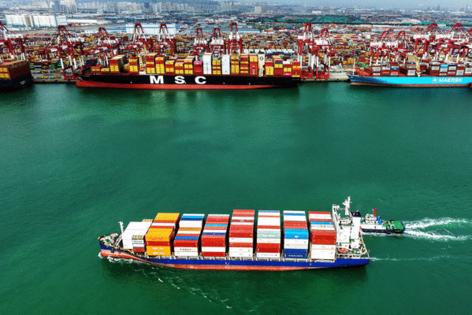


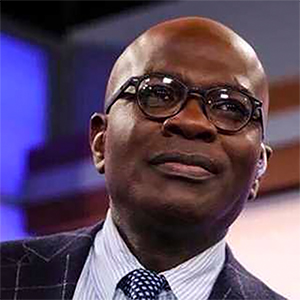





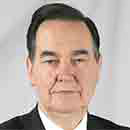
















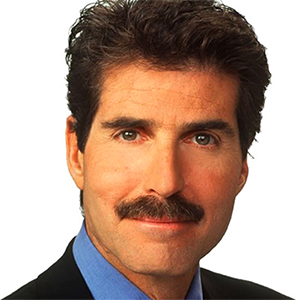

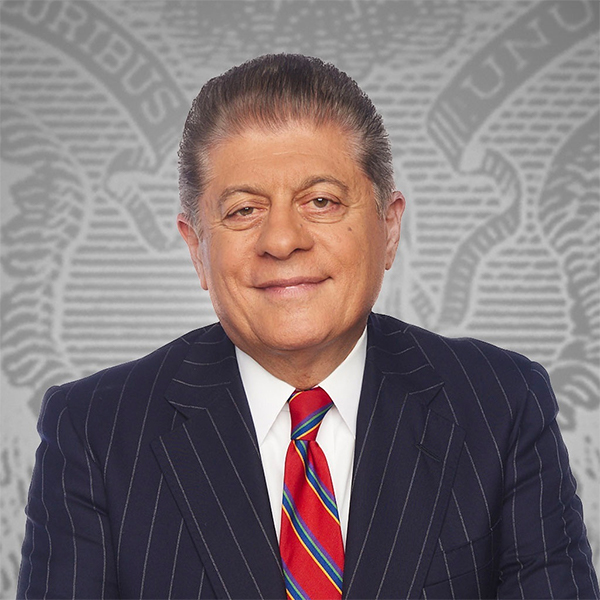





















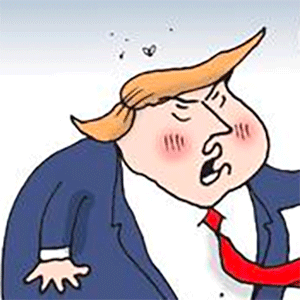
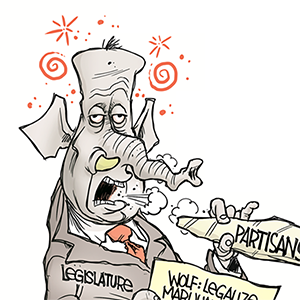
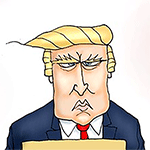
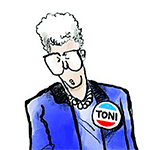


Comments